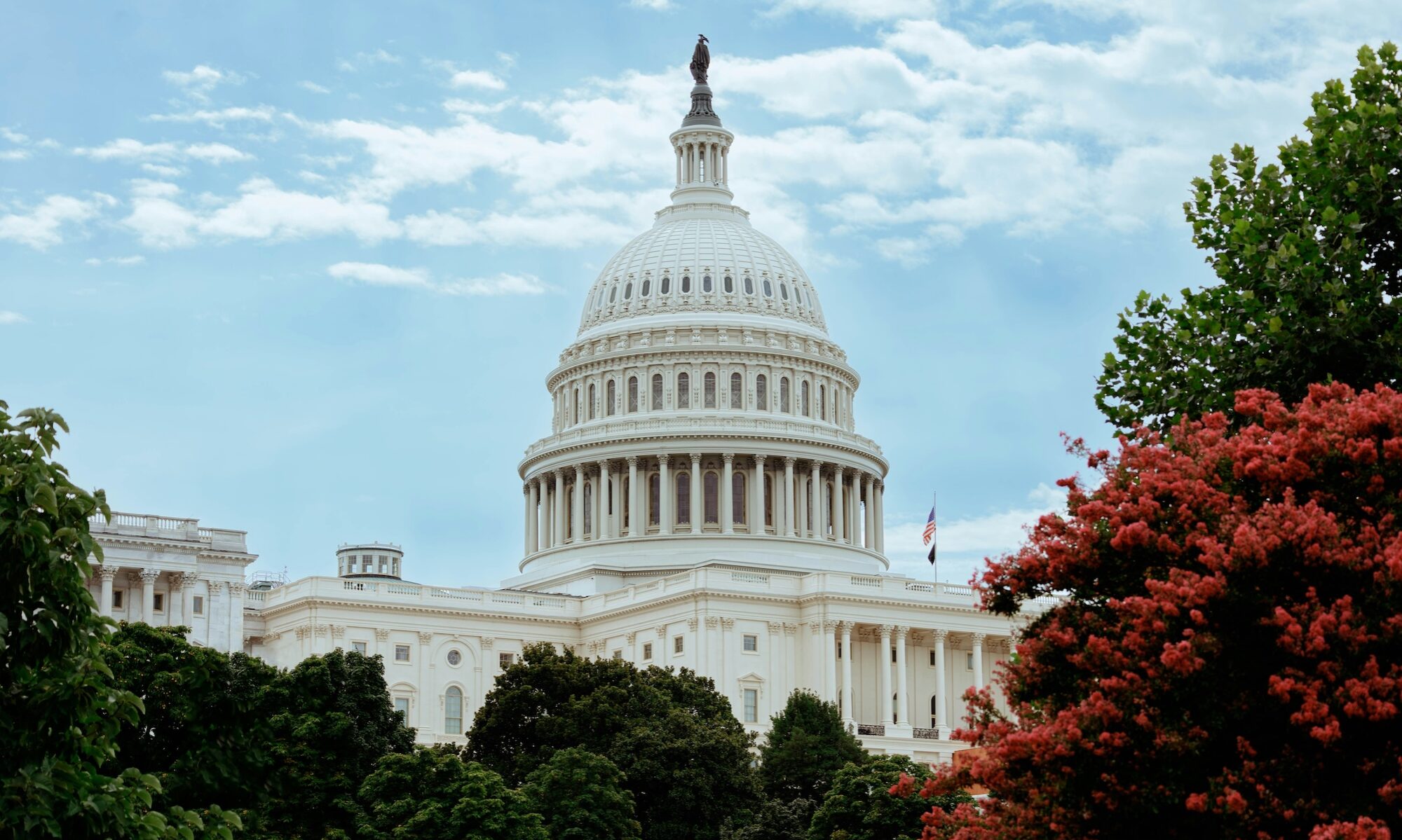One thing true of the Intramuralist is that we’ve never endorsed a single political candidate in our 17 year existence. Since none have yet to walk on water, we have found few worth fawning over. We have, however, articulated respectful, constructive criticism of various persons. But today I must apologize for a criticism that while respectful and constructive, was also inaccurate.
Three years ago we discussed the senatorial debate between two candidates from Pennsylvania. Let me be radically candid; it was absolutely awful.
The debate was between Republican nominee Mehmet Oz and Democratic nominee John Fetterman. Oz was articulate but seemed clearly opportunistic with no real connection to the Keystone State, having lived in New Jersey for years. And Fetterman, he had recently had a massive stroke and struggled not just to speak but to simply be coherent. Watching the exchange, I thought surely there are two far better candidates than this. The people of the Commonwealth of Pennsylvania deserve more.
John Fetterman would go on to win the 2022 U.S. Senate election. I shook my head. I would have shook my head for either victor. There is an existent line of thinking in our country that the most qualified candidates refuse to run for elected office, primarily because of how unmerciful and ugly American politics have become. The choice between Fetterman and Oz substantiated said argument. Fetterman winning fueled it more.
How could a person who couldn’t clearly communicate represent the some 13 million people of his state? His health and fitness for office was questionable at best. He often made no sense. And take not my word for that debate. Fetterman himself has said it was worse than Pres. Joe Biden’s incoherent debate performance in 2024.
I thought Fetterman would be an incapable, ineffectual and unskilled senator. Let me be clear. That has zero to do with his party representation; that has everything to do with his ability to man the responsibilities of the office to which he was elected.
I apologize. I was wrong.
Allow me to share why.
It’s not because of how he’s voted. In fact, if we assess competency solely by voting record, my sense is we’re missing something significant. As the Senator said last week, having consistently voted to end the recent government shutdown, “I vote a 91% Democratic line, and if Democrats have a problem with somebody that votes 91% of the same times as you are, more than nine out of 10 times, then maybe our party has a bigger problem.”
Indeed the parties have bigger problems, but when I speak of the competency and ability of John Fetterman, I am not referring to how he votes nor to which party he aligns. He is a Democrat and has said multiple times he has zero intention of ever changing; he will always be a Democrat.
Last week I listened to an extended sit-down interview with Fetterman. He still sometimes bumbles his words a bit, but he is indeed coherent. And in the interview he spoke of how the stroke has changed him…
“I emerged… I emerged as a grateful person…
I don’t have any scores to settle…
I’ve lost any taste for calling people names…
I don’t know if it’s the winning lane, but it is my way. We have to find a way forward together…
We have forgotten that we need each other.”
Fetterman’s brush with mortality has made him realize what’s more important. I apologize. I was wrong before. We need more candidates like John Fetterman.
Respectfully…
AR
